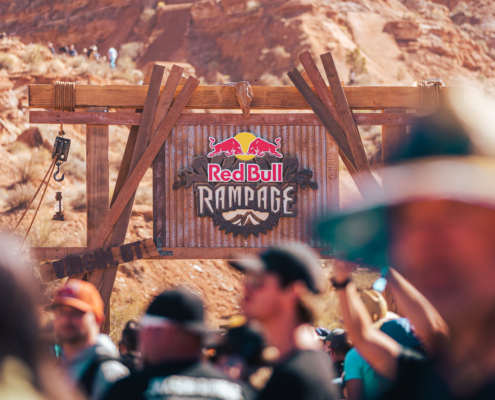 Dirk Badenhorst
https://gomoterra.com/wp-content/uploads/2023/10/0L2A7737-scaled.webp
1707
2560
info@gomoterra.com
https://gomoterra.com/wp-content/uploads/2022/11/MoterraBlack.png
info@gomoterra.com2023-10-06 11:16:262023-10-06 11:34:20Mountain Biking’s Wildest Event! Redbull Rampage
Dirk Badenhorst
https://gomoterra.com/wp-content/uploads/2023/10/0L2A7737-scaled.webp
1707
2560
info@gomoterra.com
https://gomoterra.com/wp-content/uploads/2022/11/MoterraBlack.png
info@gomoterra.com2023-10-06 11:16:262023-10-06 11:34:20Mountain Biking’s Wildest Event! Redbull Rampage Picture this: You roll into your campground for the night after long day spent immersing yourself in the most spectacular scenery our country has to offer. Suddenly you’re assailed by the cacophony of hundreds of tourists, their massive RV’s, screaming children, and bluetooth speakers bouncing you right out of the experience you’ve been looking forward to for months, even years. The semi-functional fire pit and 20’ by 30’ parking space they call a campsite that you reserved months in advance is starts to feel more than a little over-priced.
Ok maybe we’re being a bit dramatic.. Still, going camping should feel like an escape and plenty of campgrounds don’t really feel that way, no matter how beautiful their surroundings. Fortunately, the US has millions of square miles where you can camp wherever you want, free of neighbors and noise, uncrowded and under-utilized. This guide hopes to introduce you to the world of free camping on public land, especially the land administered by the BLM and US Forest Service. It’s yours, after all. Don’t you think it’s time you started using it?
Why camp on public land?
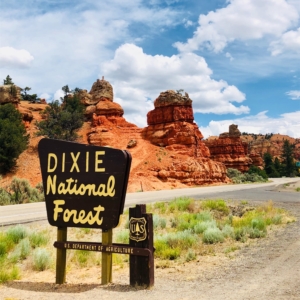
It’s yours
(and it’s free!)
These lands belong to the federal government, which means your taxes fund all the management work that goes into maintaining these beautiful spaces. If you’re paying for it, why not use it! Bureau of Land Management and US Forest Service lands are used for livestock grazing, timber, conservation, and plenty more. Most importantly (for us), free dispersed camping is allowed in the vast majority of these places, meaning that anyone can roll up and set up camp in almost any site they choose. And why not? After all, it’s yours..
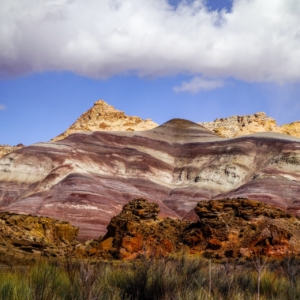
It’s stunningly beautiful
and wayyyyy less busy than the parks
Generally speaking, the most incredible natural spaces in the US are protected and administered as state and national parks, but what about the rest? This country is brimming with spectacular wilderness, the vast majority of which is available to you free of charge and relatively empty of visitors. From the unparalleled mountain biking at Canyon Rims, UT to the jaw-dropping vistas of the Yakima River Canyon, hidden gems abound on land that is 100% free to use. Sure, Yosemite is a natural wonder unlike any other, but once you’ve factored in park fees, traffic, and over-eager bears, the glacial valleys of Bitterroot National Forest start to look like a great bet in comparison.
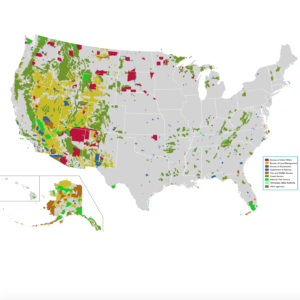
It’s everywhere
(in the US, that is)
Whether you’re exploring the coastal rainforests of Northern California or the deserts of the Southwest, there is always some federal public land nearby. All over the West and even in some of the wild places left East of the Mississippi there are dirt roads crisscrossing these lands, mostly built for access by loggers and cattle farmers but fully available to you. Mountains and deserts, rivers, streams, and beaches, these incredible places are all around you. All you need is a rugged 4×4 vehicle (not all roads are well maintained) and a bit of curiosity and they are yours.
How to camp on public land
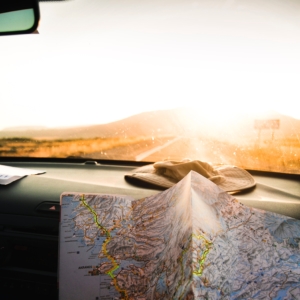
First you have to find it
Where to look and what to look for
If you’re traveling from far away or simply new to camping, it can be intimidating trying to plan a trip into the great American wilderness. With all those millions of acres to choose from, it’s hard to decide what to see, and where to lay your head at night. More importantly, you’ll need to know for sure whether the land you’re on is public or private. No trespassing!
We’d suggest deciding on an area first, then looking at a map to figure out whether it’s on or near public land. Say you want to visit Yellowstone. Find it on the map, then look just outside the park’s boundary and notice that it is completely surrounded by national forests, most of which allow free dispersed camping. Boom! You just saved yourself some cash and a lot of time spent trying to get a reservation at one of Yellowstone’s notoriously crowded campgrounds.

Then you pick your site(s)
This is the hard part, but also the fun part
Once you’ve settled in on a location, it’s time to find some campsites. Though most National Forests and BLM land allow dispersed camping just about anywhere, some areas have more specific rules, so it’s important to do some research before heading out. Websites like The Dyrt and freecampsites.net are a great way to find a spot, with descriptions, reviews, and pictures for campsites ranging from official park campgrounds to roadside bivouacs. Apps like Gaia GPS allow overlay plugins for public lands, including off the beaten path gems like hidden hot springs. The official interactive BLM map is also a great resource, though a bit less user-friendly than the other resources mentioned here.
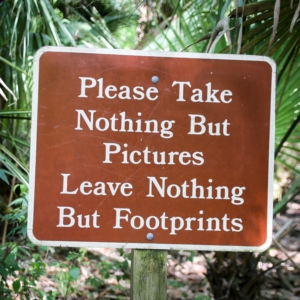
Now go camp!
(just don’t ruin it for everyone else)
Ok, so we’ve spilled the beans on how to find the best hidden gems and free camping on public land. Now we have to take some responsibility. As we mentioned earlier, this land is your land. In fact, it’s everyone’s land and that means it’s everyone’s responsibility to take care of it. Unlike national and state parks, most of this federal land does not have bathroom facilities, metal fire rings, or trash cans. This means its up to you to pack out your trash, drown your fires, and practice Leave No Trace ethics to ensure that the beautiful spot you’ve just enjoyed stays beautiful for whoever comes next.
Related Posts
 Dirk Badenhorst
https://gomoterra.com/wp-content/uploads/2023/10/0L2A7737-scaled.webp
1707
2560
info@gomoterra.com
https://gomoterra.com/wp-content/uploads/2022/11/MoterraBlack.png
info@gomoterra.com2023-10-06 11:16:262023-10-06 11:34:20Mountain Biking’s Wildest Event! Redbull Rampage
Dirk Badenhorst
https://gomoterra.com/wp-content/uploads/2023/10/0L2A7737-scaled.webp
1707
2560
info@gomoterra.com
https://gomoterra.com/wp-content/uploads/2022/11/MoterraBlack.png
info@gomoterra.com2023-10-06 11:16:262023-10-06 11:34:20Mountain Biking’s Wildest Event! Redbull Rampage 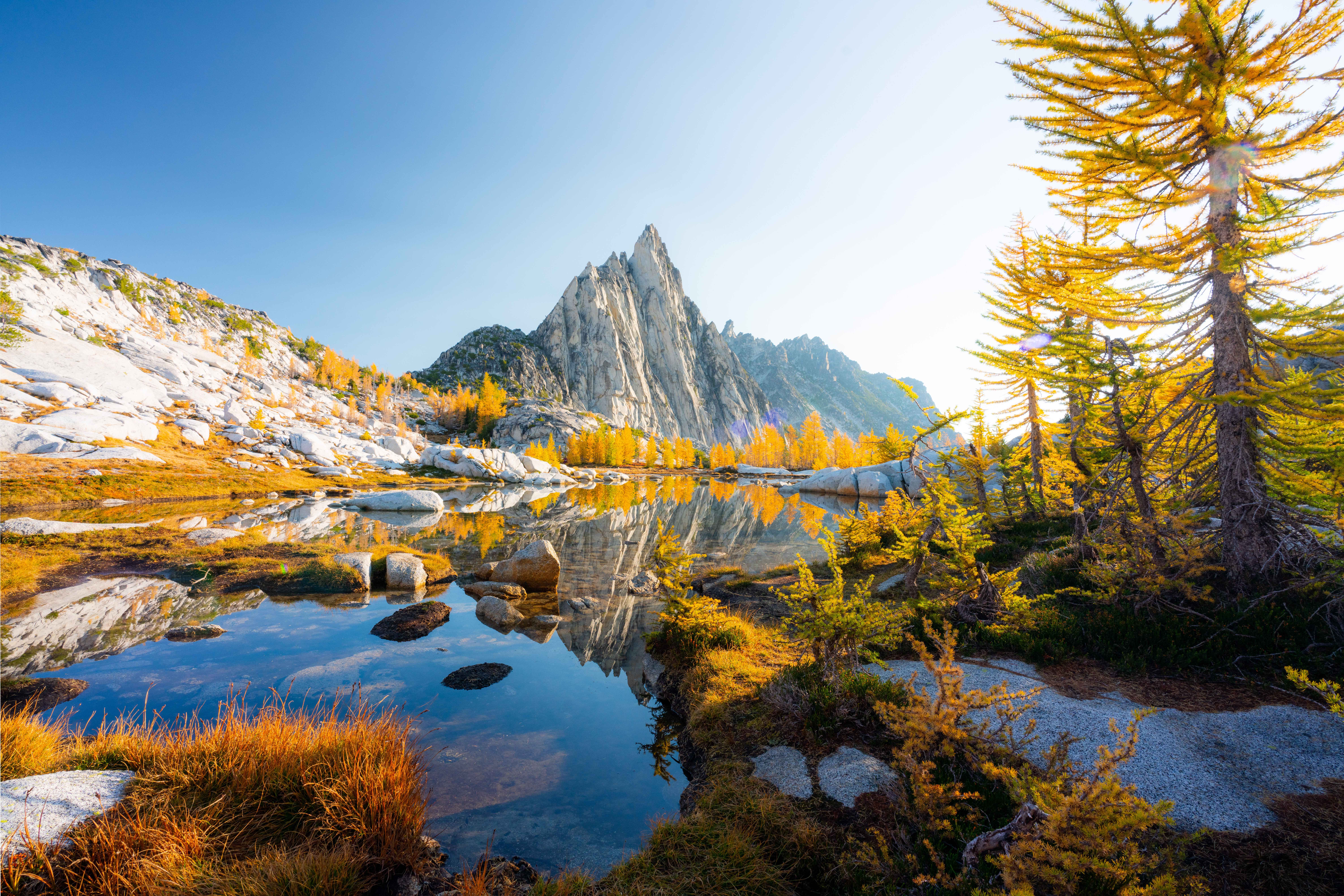 https://gomoterra.com/wp-content/uploads/2023/09/AdobeStock_549831405-low-res.jpg
6336
9504
info@gomoterra.com
https://gomoterra.com/wp-content/uploads/2022/11/MoterraBlack.png
info@gomoterra.com2023-09-26 11:55:592024-10-11 11:54:36The Best Fall Foliage Roadtrips In WA 2023
https://gomoterra.com/wp-content/uploads/2023/09/AdobeStock_549831405-low-res.jpg
6336
9504
info@gomoterra.com
https://gomoterra.com/wp-content/uploads/2022/11/MoterraBlack.png
info@gomoterra.com2023-09-26 11:55:592024-10-11 11:54:36The Best Fall Foliage Roadtrips In WA 2023 https://gomoterra.com/wp-content/uploads/2020/11/DSC00589-Pano-2-scaled.jpg
1421
2560
info@gomoterra.com
https://gomoterra.com/wp-content/uploads/2022/11/MoterraBlack.png
info@gomoterra.com2023-08-30 10:22:312023-08-30 10:38:22Formula 1 In Vegas: Adventure by day, race by night
https://gomoterra.com/wp-content/uploads/2020/11/DSC00589-Pano-2-scaled.jpg
1421
2560
info@gomoterra.com
https://gomoterra.com/wp-content/uploads/2022/11/MoterraBlack.png
info@gomoterra.com2023-08-30 10:22:312023-08-30 10:38:22Formula 1 In Vegas: Adventure by day, race by night


